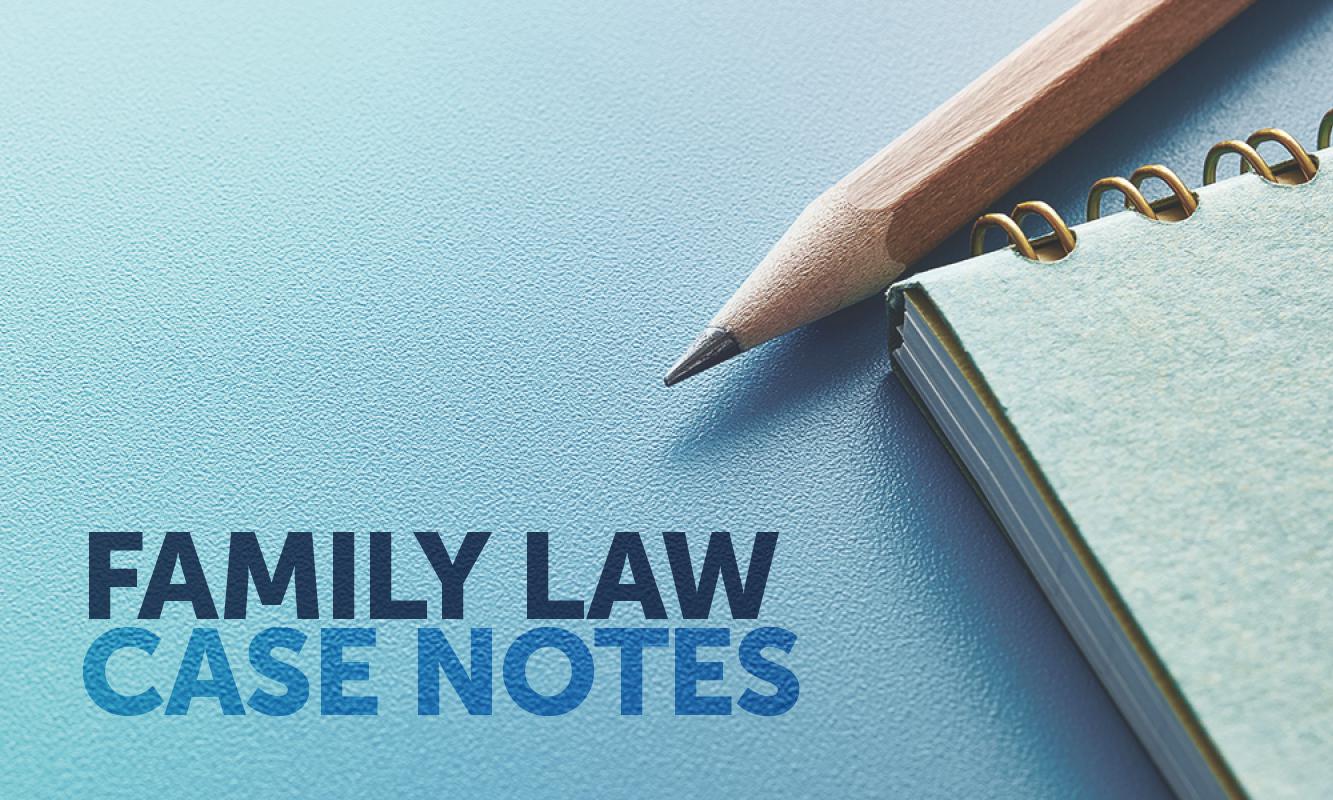In Berry v CCL Secure Pty Ltd [2020] HCA 27 (5 August 2020) the High Court considered how or when the evidentiary burden of proving loss or damage, under s82 of the Trade Practices Act 1974 (TPA), now s236 of the Australian Consumer Law (ACL), shifts from the claimant to the defendant.
The facts in Benvoy centre on an agency agreement between the parties. The respondent, formerly known as Securency Pty Ltd (Securency), carried on a business printing polymer bank notes.
Relevantly, Securency’s production of polymer bank notes involved a number of processes. One of those processes, known as ‘opacification’, involved the conversion of polymer film sheets into opacified polymer. Securency marketed its polymer bank notes to a number of countries, including the Federal Republic of Nigeria.
Securency’s marketing efforts were initially unsuccessful in Nigeria until the first appellant, Dr Berry, offered his assistance. Dr Berry was an entrepreneur who held some influence with senior officials within the Nigerian Government. Dr Berry promoted Securency’s polymer bank notes because he wanted to be commercially involved in the construction and operation of an opacification plant in Nigeria.
Between 2004 and 2006 Dr Berry persuaded Nigerian Government officials to adopt polymer notes on the condition that an opacification plant be built in Nigeria in which Dr Berry, among others, would have an interest. In early June 2006 Nigeria placed an order for opacified polymer for the Nigerian Mint.
At about this time Securency, Dr Berry and the second appellant, GSC (a company controlled by Dr Berry), executed a written agency agreement, backdated to February 2006. Under the agency agreement Dr Berry and GSC would act as the sole agent of Securency in Nigeria and would be paid a commission of 15% on the net invoiced sale value of opacified polymer sold to the Nigeria.
The agency agreement further provided that its two-year term would be automatically renewed unless terminated. Under the agency agreement, Securency could terminate the agreement in one of two ways: by giving Dr Berry and GSC 30 days’ written notice (30 days before or after the expiry date of the agency agreement) or by 60 days’ written notice (at any time).
In January 2008 Nigeria placed further orders with Securency for opacified polymer.
Securency did not inform Dr Berry about these orders. Instead, Securency devised a covert plan to deprive Dr Berry and GSC of the large commissions to which they would have been entitled under the agency agreement.
In a meeting in February 2008, Securency’s director, Mr Chapman, falsely told Dr Berry that the agency agreement had to be terminated before a partnership agreement, for the development of an opacification plant, could be put into place. Mr Chapman also falsely told Dr Berry that, until the partnership agreement was executed, the parties would adhere to the financial terms of the agency agreement.
Dr Berry was presented with, and signed, a letter terminating the agency agreement as of 31 December 2017. No partnership agreement was ever produced and Dr Berry discovered Securency’s duplicity months later.
Dr Berry and GSC brought a claim seeking compensation for Securency’s misleading and deceptive conduct in breach of the then s52 of the TPA (now s18 of the ACL).
Uncontroversially, Dr Berry argued that compensation should be calculated on the basis of the commissions that would have been payable by Securency under the agency agreement and the loss of opportunity to earn further commissions under the agreement.
The agency agreement, Dr Berry contended, would have continued, pursuant to the automatic renewal provision, until at least June 2010 when Securency terminated all of its agency agreements. But Securency countered that it could have terminated the agency agreement, pursuant to the termination clause, by, at the latest, 30 June 2008.
Before the High Court, Dr Berry and GSC submitted that the correct approach to determining damages, where the wrongdoer alleges that it could have lawfully achieved the same end, is governed by the following principles:
- Damages are assessed in a “robust manner” by resolving “doubtful questions” against the wrongdoer who has made an accurate assessment so difficult (this principle was said to have been recognised in Pitcher Partners Consulting Pty Ltd v Neville’s Bus Service Pty Ltd (2019) 271 FCR 392 at [109] (Pitcher Partners))
- The wrongdoer is not permitted to argue a lawful alternative as a means to escape or reduce damages and, in so doing, retain the benefit of its wrong unless the alternative is wholly independent of its wrongdoing (this principle was said to be evident in Commonwealth v Amann Aviation Pty Ltd (1991) 174 CLR 64 at 114 among others). Or, alternatively
- A wrongdoer must at least prove, on the balance of probabilities, that there was a “substantial prospect” or “prospect of value” that it would have so acted (this principle is said to be supported by the decisions in Malec v J C Hutton Pty Ltd (1990) 169 CLR 638 and Sellars v Adelaide Petroleum NL (1994) 179 CLR 332 at 355).
The High Court unanimously determined the appeal in favour of Dr Berry and GSC by applying the last of these three principles. The High Court held that the legal onus fell on the claimant to prove, on a balance of probabilities, that the wrongdoer’s breach of the TPA caused the claimant’s loss and the amount of that loss. Where the loss is a loss of opportunity, the value of the loss is to be determined on the likelihood of the opportunity to yield the gains claimed.
The High Court held that, because Securency had terminated the agency agreement by means of a calculated deceit, the natural inference was that it would not have been prepared to terminate the agreement lawfully.
The High Court had rejected the contention that it was not open to a wrongdoer to argue a lawful alternative as a means to escape damages. So, the evidentiary onus then shifted to Securency to prove that it would have been prepared to terminate the agreement lawfully in June 2018.
Ultimately, the High Court was not persuaded by Securency that it would have lawfully terminated the agreement any time before it terminated all of its agency agreements in June 2010. Having reached this conclusion the High Court did not consider it necessary to determine whether the “robust manner”, enunciated in Pitcher Partners, was a principle that governed the calculation of damages.
Dr Michelle Sharpe is a Victorian barrister practising in general commercial, disciplinary and regulatory law, ph 03 9225 8722, email msharpe@vicbar.com.au. The full version of these judgments can be found at austlii.edu.au.












Share this article